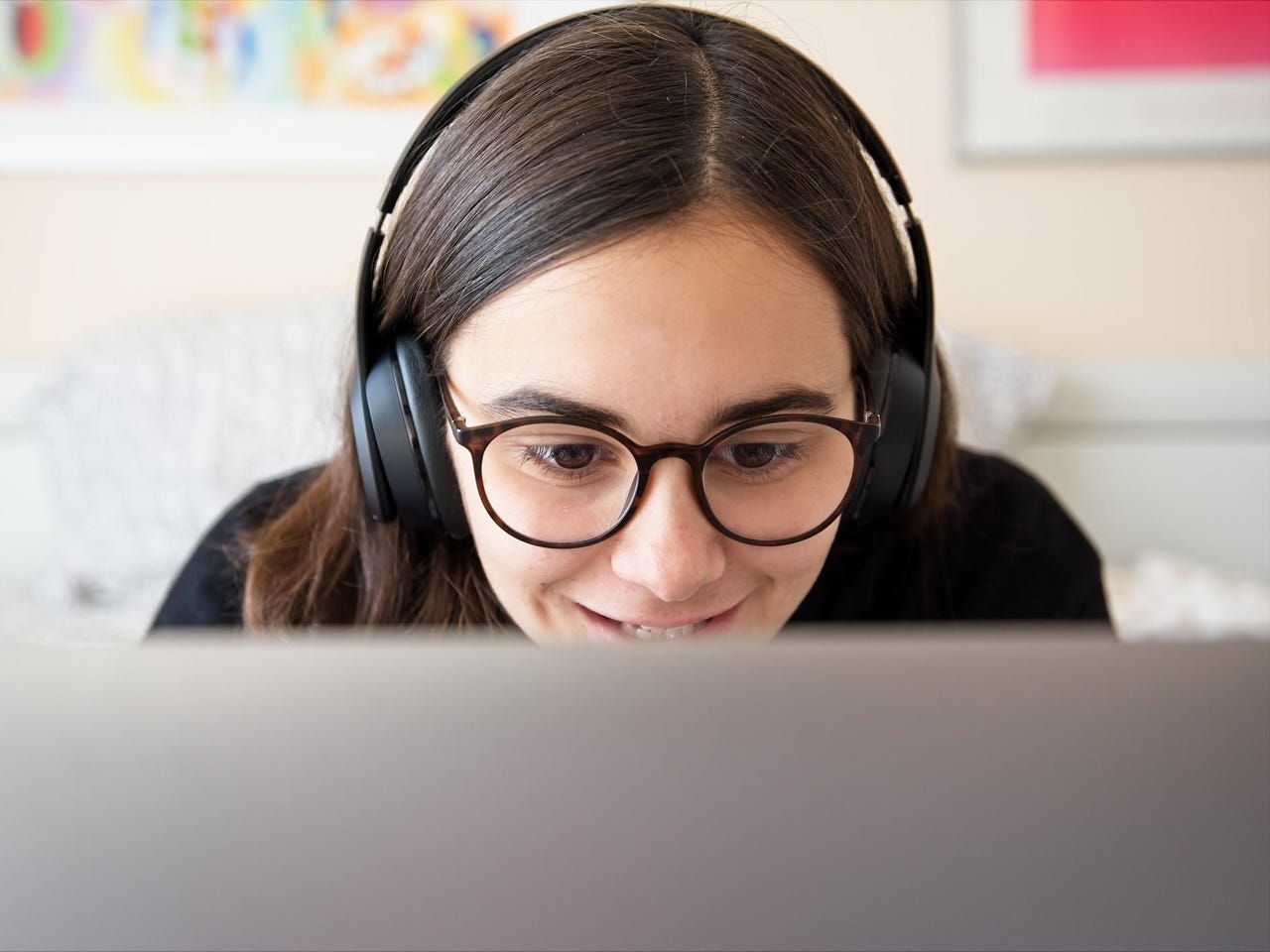Over 80,000 Australian citizenship ceremonies conducted online since March


At the end of March, the Australian government took the decision to end in-person citizen ceremonies, due to risks associated with the coronavirus pandemic.
Since that time, over 80,000 people have become Australian citizens thanks to a video conference link, the Department of Home Affairs has said.
"The department utilises Cisco WebEx to conduct online citizenship ceremonies. Local government councils are not restricted on which video conferencing platform they use," a spokesperson said on Tuesday.
In response to questions on notice from the Select Committee on COVID-19, the department said until the end of July, it had seen an online citizenship run rate of over 800 people becoming Australians via online means each working day.
As of July 31, there were over 150,000 citizenship applications filed, with over 35,000 people waiting for a citizenship ceremony to become citizens.
Until the end of July, over 2,000 online ceremonies were conducted by local councils, and over 1,100 were completed by parliamentarians.
Meanwhile in New South Wales, NSW Health has confirmed that it has been requesting from Transport for New South Wales (TfNSW) Opal card data in its contact tracing efforts.
"NSW Health can be provided with Opal card data if the initial case provides their card number and is registered with Opal," a spokesperson said.
"When a passenger tells contact tracers they have travelled by public transport, TfNSW provides the details of other registered Opal cards used on the same service, as allowed under legislation.
"This information is treated with strict confidentiality, as is all information accessed by contact tracers, including information from the COVIDSafe app."
In August, NSW Health said it had found a pair of positive COVID cases from data supplied by the COVIDSafe app.
"14 close contacts have been identified using app data who were not also identified through manual contact tracing, or whose contact details were unavailable through manual contact tracing," the department said at the time.
Later that month, the federal Department of Health said the app had been relegated to verifying manual tracing activities.
"The app is operating in Victoria to validate contacts and I guess the reason we're going round in circles a bit is because we all accept that contact tracing hasn't worked as well as it should have in Victoria, for lots of reasons, and we've never said that the app was the sole or even the primary contract tracing [tool]," departmental associate secretary Caroline Edwards said.
"We've said it's a tool, which it is a tool, it's being used in Victoria to validate. We think it'll come more into its own as it moves forward, and as contact tracers are brought on and trained in the app, it's an important tool as part of that and to characterise it as a failure doesn't properly respect the efforts that have been made by contract tracers."
On Tuesday, Victoria said it was gaining a new case and contract management system from Salesforce.
"It will cover the whole program of contact tracing -- from positive result coming in, the interviews, follow-up phone calls and coordination of Operation Vestige to the clearance of cases and contacts to be managed all within the one system," the state government said in a statement.
"The system is being set up in parallel to the current process, to ensure there is no dip in performance as we make improvements."
The government said it would also begin publishing contact tracing metrics and the 14-day rolling case averages online.